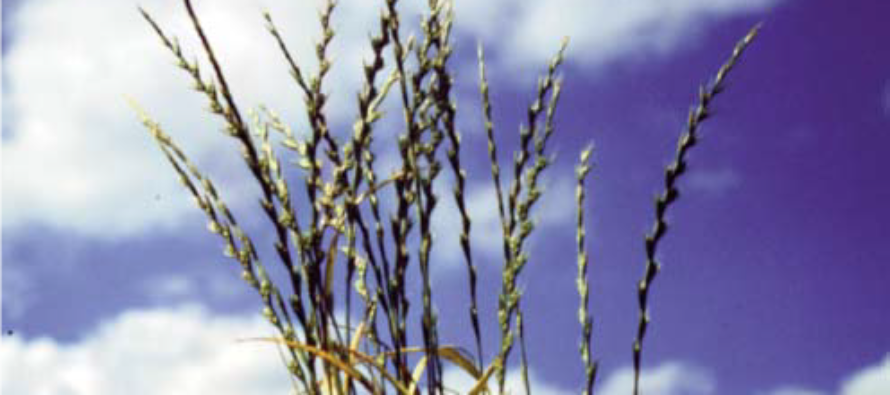Italian ryegrass

Related Articles
- Calcium and Magnesium For Mississippi Crops 0
- March 11 Precision Agriculture Workshop 0
- Ground Speed Affects Spray Droplet Deposition 0
Latest Tweets
Italian ryegrass
Weed Flora of Mississippi
Family: Gramineae (Poaceae) – grass family
Genus: Lolium Species: perenne ssp. multiflorum
History: Ryegrass species are native to the Mediterranean region but are now widely distributed throughout temperate areas of the world. The genus Lolium of the Gramineae family includes eight ryegrass species: Italian, perennial (L. perenne), rigid (L. rigidum), Dalmatian (L. subulatum), Canary Islands (L. canariense), poison (L. temulentum), hardy (L. remotum), and Persian darnel (L. persicum).
Life Cycle: Winter annual and occasional biennial (living for >1 year) or short-lived perennial.
Special Characteristics: Italian ryegrass is best adapted to cool, moist climates, and grows best between 68 and 77°F. Italian ryegrass grows in a wide range of soil textures, although it prefers fertile, well- drained soils.
Roots: Highly branched and dense, with many fibrous, adventitious roots that may extend to > 3 feet deep in non-irrigated areas.
Stems: Stems are comprised of nodes and internodes, and each node bears a leaf. The uppermost stem segment is called the peduncle, the structure that supports the inflorescence (flower). Italian ryegrass stems are 12 to 40 inches tall depending on variety, moisture, and site conditions.
Seedling: Seedling leaves are shiny.
Leaves: Leaf blades are alternate and rolled in the bud (in contrast to those of perennial ryegrass, which are folded). They are prominently ridged on the upper surface. Lower surfaces are smooth, glossy, and hairless, with a prominent midrib.
Flower: The inflorescence terminates the stem as a solitary spike, 4 to 16 inches, but typically about 12 inches in length. It has 5 to 38 alternately arranged spikelets attached edge-wise directly to the central axis.
Seeds / Fruit: Seed are enclosed with papery husk.
Interference: Italian ryegrass interference reduced wheat yield an average of 72% over 6 years. Italian ryegrass reduced corn yield 55% when no control measures were utilized.





Let me tell You a sad story ! There are no comments yet, but You can be first one to comment this article.
Write a comment